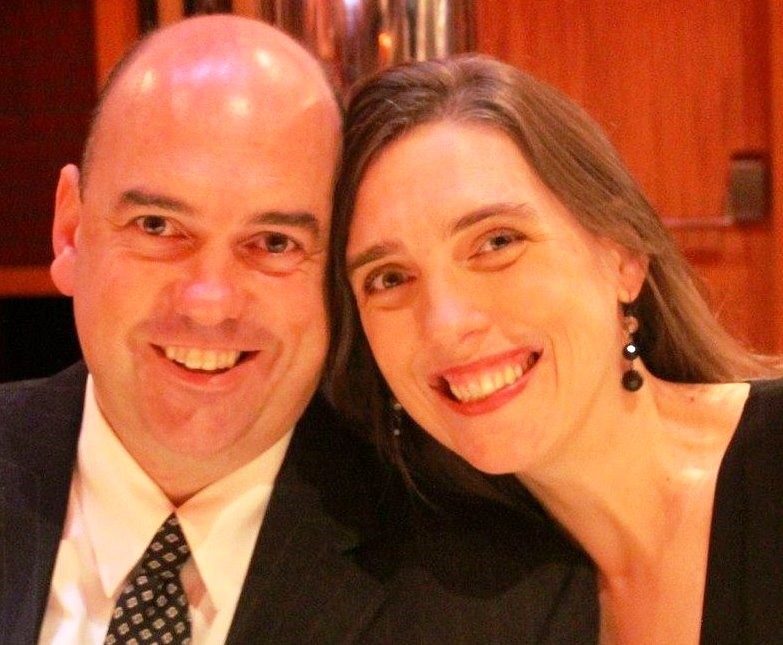Here is the summary of a sermon for Palm Sunday written by pastor Lance McKinnon (Revised Common Lectionary, year B)

Mark 15:33-37 (NRSV)
When it was noon, darkness came over the whole land until three in the afternoon. At three o’clock Jesus cried out with a loud voice, “Eloi, Eloi, lema sabachthani?” which means, “My God, my God, why have you forsaken me?” When some of the bystanders heard it, they said, “Listen, he is calling for Elijah.” And someone ran, filled a sponge with sour wine, put it on a stick, and gave it to him to drink, saying, “Wait, let us see whether Elijah will come to take him down.” Then Jesus gave a loud cry and breathed his last.
It’s been said that you can know one’s true character by what they do in the dark. But for us as believers, our true character and identity is found in Jesus—in who he is and what he has done in our darkness. Our theme scripture for this Palm Sunday is the passion narrative in Mark chapters 14 through 15. Today, we’ll focus on Mark 15:33-37 as the center point for understanding the entire story. It gets rolling in Mark 14:17 with Jesus gathered in the upper room, sharing the Passover with his disciples, while giving them the elements of broken bread and poured-out wine as a new orientation toward a new covenant, which Jesus is about to inaugurate. This meal would have been eaten at about sundown. The story thus begins at night, and gets darker until it is pitch-black within the tomb.
It’s important to note that Jesus is in control of the events in this story from start to finish. The darkness didn’t creep up on him, catching Jesus off guard and landing him on a cross. He was fulfilling his mission to take on our darkness for the purpose of overcoming it as the “light of the world.” Jesus courageously allows himself to be taken at night by a bandit while being deserted by his fearful disciples. Even his conviction by the religious rulers in their illegal trial is brought about by Jesus’ own words of truth rather than the accuser’s words of false accusation. This is not to say that Jesus necessarily anticipates or orchestrates all these events, but he continues to trust and live in the Spirit even when doing so takes him down a dark path. Jesus did not “walk through the valley of the shadow of death” in fear—he knew that his Father was with him. He never believes for a moment that he is not connected to the Father.
We see this belief hold firm on the cross as “darkness came over the whole land.” Jesus identifies with our darkness by crying out the first line from Psalm 22: “My God, my God, why have you forsaken me?” With this cry the entire Psalm is brought to mind, where we are told that God does not forsake or turn his face away or cease to listen to “the afflicted one.” Jesus is holding to the truth of his identity as connected to his Father, even as that connection is hidden in the darkness of sin, just as the sun was hidden in darkness “until three in the afternoon.”
Before the cross, Jesus told his disciples “the hour has come; behold, the Son of Man is being betrayed into the hands of sinners.” Betrayal by definition means there is first connection and relationship. This helps us see sin as acting out of a belief that we do not belong to a loving Father. Jesus walks this dark road to the cross to bring us into the light of our relationship and connection to the Father. By taking on our sin he fully sees and experiences the darkness we live in, but he never once believes it. On the cross he takes that darkness, destroys it and lays it to rest in the tomb.
What Jesus does in the passion story is what he has done for us, to us, and with us. We are included in the story—we are connected to Christ. When Jesus went to the cross he takes all humanity with him. We too have truly died. When Jesus was laid in a tomb on the Sabbath, we too perfectly kept Sabbath-rest. We are truly identified as the Father’s faithful children in Jesus Christ. The death penalty for sin has been paid. The darkness is encased in a tomb. Jesus has answered the problem of darkness. The Father has always been connected to us and He created us for relationship with him out of his great love for us. Any darkness that betrays that truth has been put to death. Hallelujah!


